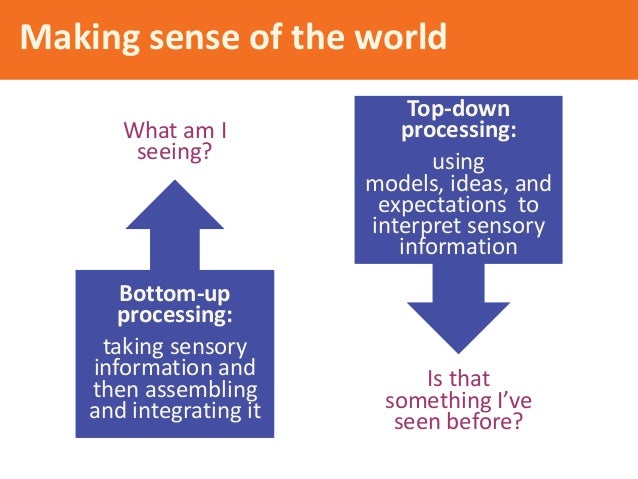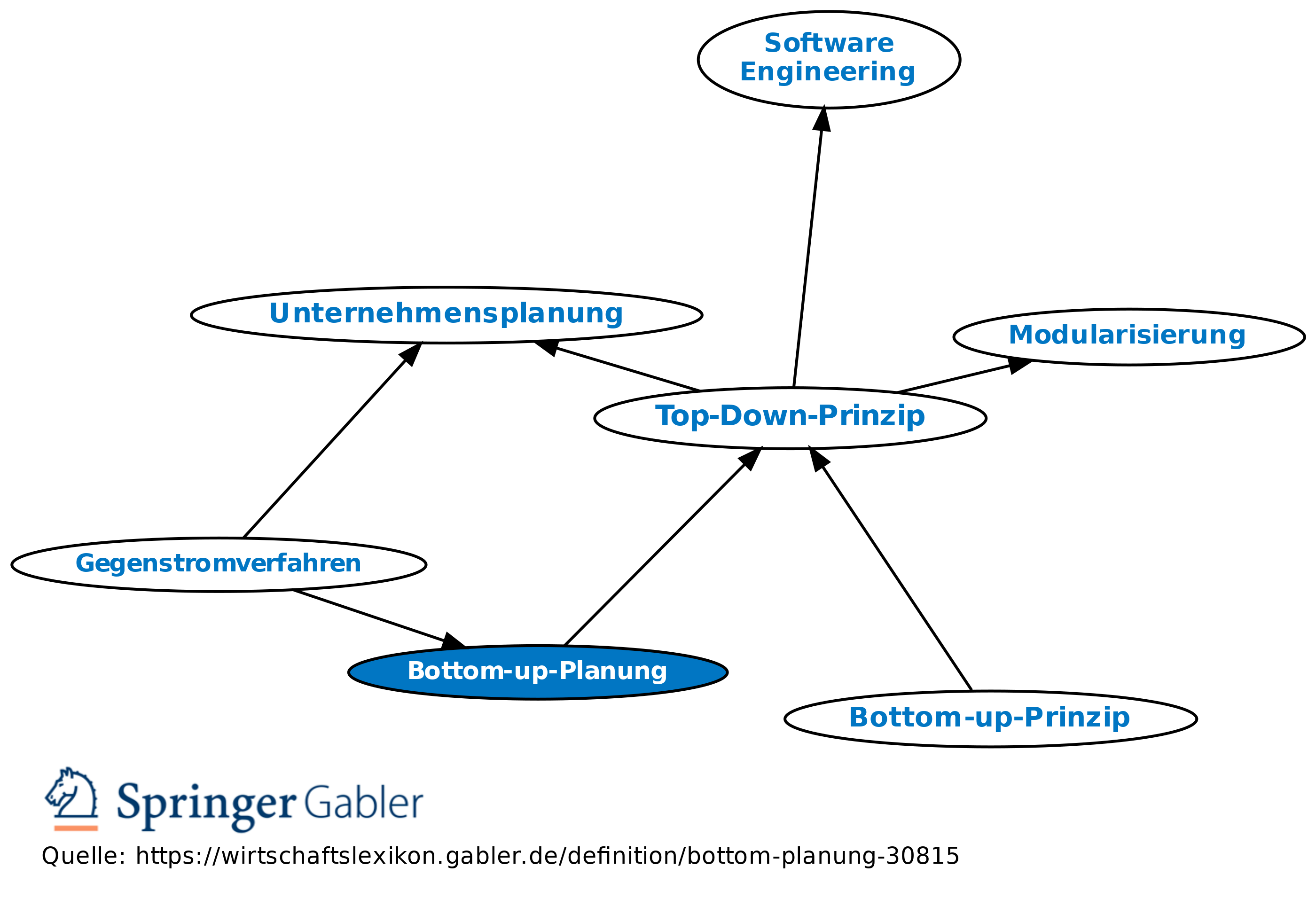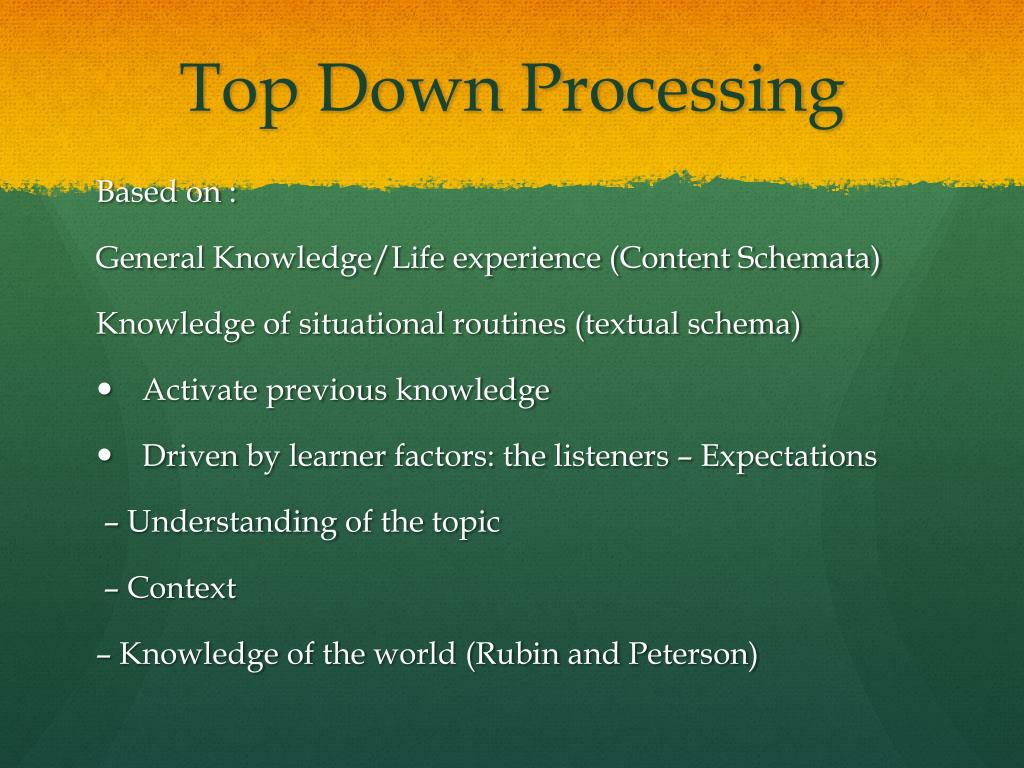


Our native language is thus one of the forces that determine what we consciously perceive. We conclude that linguistic enhancement of color contrasts provides targets with a head start in accessing visual consciousness. The behavioral consequence of categorical perception was replicated with Russian speakers (N=46), confirming reproducibility of this novel finding.

German speakers (N=29), placing the “Greek” blues into one category, showed no differences between blue and green targets. Electrophysiological signatures of early visual processing predicted this behavioral advantage. Native Greek speakers (N=28), who distinguish categorically between light and dark shades of blue, showed boosted perception for this contrast compared to a verbally unmarked green contrast. We employed EEG and the attentional blink paradigm in which targets are often unnoticed. Finally, we will describe the effect of dopaminergic deregulation observed in some pathologies and its impact on recognition memory.Ĭan our native language influence what we consciously perceive? While evidence accumulates that language modulates visual discrimination, little is known about the relation between language structure and consciousness. We will discuss the relationship between dopaminergic activity and perceptual salience of stimuli enabling learning and consolidation processes necessary for the novel-familiar transition. This review will discuss the evidence that indicates changes in dopaminergic activity during exposure to novel objects or places, promoting the consolidation and persistence of memory. The catecholaminergic system has been of vital interest due to its role in several aspects of recognition memory. The novel object recognition (NOR) and object location recognition (OLRM) memory paradigms represent experimental models of recognition memory that allow us to study the neurobiological mechanisms involved in episodic memory. The sense of familiarity is essential for successful recognition memory in general, familiarization allows the transition of labeling a stimulus from the novel (salient) to the familiar (non-salient). Here, we propose “perceptual salience” to define how memory mediates the integration of inconspicuous stimuli into a relevant memory trace without apparently altering the recognition of the physical attributes or valence, enabling the detection of stimuli changes in future encounters. However, previously learned experiences also facilitate the perception and processing of information to establish their salience. Usually, the properties of the stimuli, such as intensity, duration, frequency, and novelty, among others, determine the salience of the stimulus. Compare bottom-up processing, feature detection theory.To survive, animals must recognize relevant stimuli and distinguish them from inconspicuous information. See also analysis by synthesis, constructive memory, constructivism, reconstructive memory. Also called conceptually driven processing.

Norman (born 1935) and David E(verett) Rumelhart (1942–2011) in their book Exploration in Cognition (1975). The term was introduced by the US psychologists Donald A. Top-down theories of perception are theories according to which perceptions are formed in this way. A standard illustration of top-down processing is the phenomenon of reversal in an ambiguous figure, which irresistibly oscillates between different interpretations. In reading indistinct handwriting, for example, if the words whisky and … occur and the last word is illegible, a reader may use top-down processing and guess the last word to be water, checking the script for evidence to confirm or refute this guess, and if it is refuted, to guess that the word is soda and performing another check, and so on. Information processing that proceeds from information already stored in memory, especially general assumptions or presuppositions about the material being processed, as when a person forms a hypothesis on the basis of existing schemata and prior experience about what an object might be and then uses sensory evidence to corroborate or disconfirm the hypothesis.


 0 kommentar(er)
0 kommentar(er)
